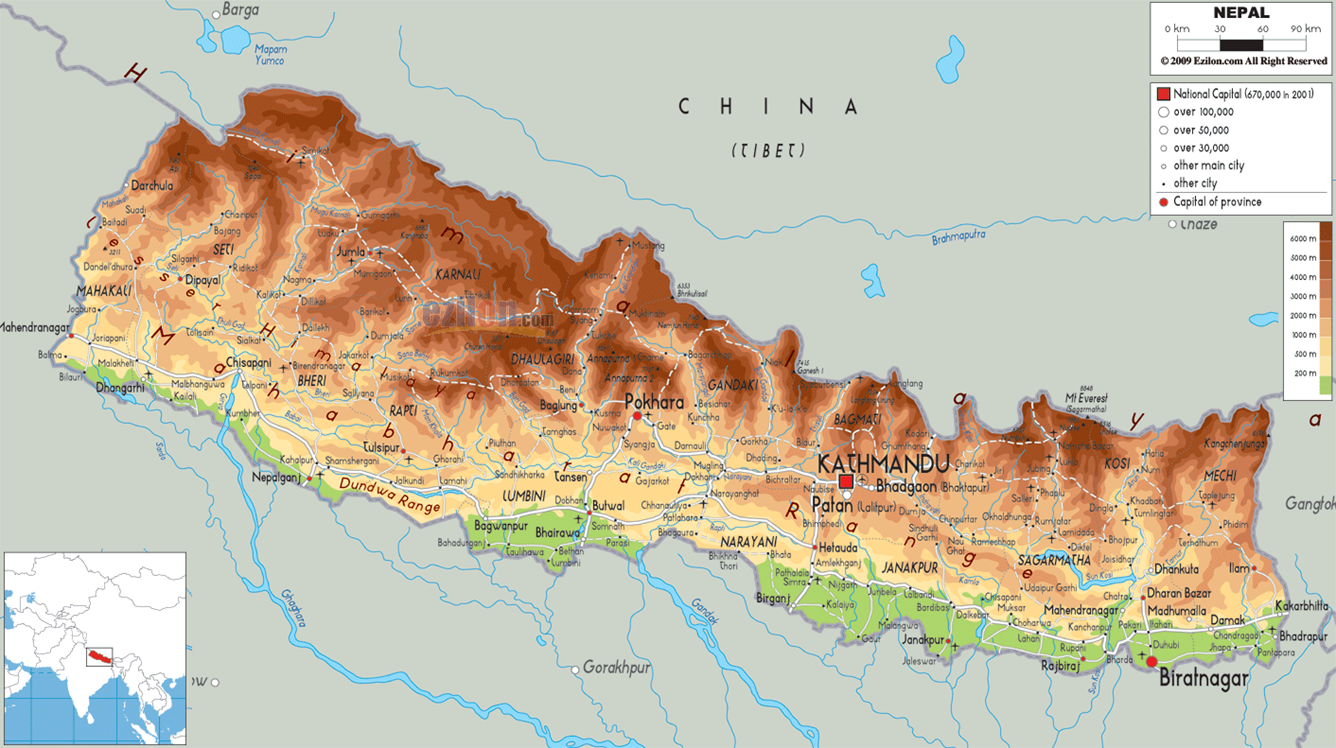Background
Something on the history of Nepal and religions in Nepal
The churches are mostly growing among the low caste Hindus and to some extent aslo among Buddhists. Totally 85-90 % of the churches have been founded by Nepalese persons and the majority of them are what we would call Evangelical – Charismatic. The growth among the Christians is about 11 % a year, which would make it the fastest growing church in the world.
Only 10-15 % of the churches have direct equivalent churches in the West. The Catholic is small with only about 7000 members. There is also a small Lutheran church with a little less than 1000 members, this church was founded by missionaries fron the Wisconsin synod in the USA, but we haven been able to locate where it is. The biggest church with western roots is the Assemblies of God (a Pentecostal movement from the US) with about 40 000.
The teaching and those taking part
We spent the two weeks on the historica books of the Old Testament. The teaching took place between 8 am and 3 pm with a break for lunch. We divided the teaching between ourselves most of the days, so that one of us taught in the morning hours 8 -11.20 and the other one 11.30 am – 3 pm (with lunch between 12.30 and 1.30 pm) Some days we were both teachinh together for the entire day, but we found that we needed more time to prepare than we had expected to begin with, so we divided the days into two teaching sessions.
The teaching took place in church room (hall). The conditions were simple but worked very well. Sometimes we even had electricity, so we could show pictures with the projector that Klas very wisely had brought.
We conclude the teaching with an examination that the pastors had been able to prepare. They wrote in Nepali, so we couldn´t correct the papers ourselves. However we also had an oral part of the eamination in the form of conversations. Many of the pastors were very willing to share their experiences. Almost all of the participants were the first generation of Christians and had they themselves come from Hindu or Buddhist families. A couple of older men said that they had been ”medicine men” and practised some kind of traditional medicine or occult pratices earlier in their lives. Most of the participants had found faith during the past 5-10 years and had then founded their own churches. Some of the pastors had 50-100 church members, some had 150 -200 members and some only 20-30 members. One young man, who was very open, had brought about 300 people to Jesus the past year.
The participants came from a number of different denominations, almost all them domestic and do not havea denominational name from the west. Our interpreter Daniel Giri went through the list of participants and translated some of the names of the churches into English. Here are some of them: Holy Church, Emmanuel Church, Salvation Church, Hosana, RDN, Koinonia Church, Bajewwa. The largest ones in the area were Hosana, Koininia and Holy Church. It is reported that the Hosana church can be found in 53 places. Daniel mentioned that they had baptized 350 people in one week in January. The main church in Kathmandu has about 1.600 members and for the whole country the figure is about 5000 members.
The practictal matters
We stayed in a hotel about half an hour away from the church, where the teaching took place. So we did quite a lot of driving between the city of Hetauda, where our hotel was, and the village, where the church was. However, it was very good to be staying somewhat comfortably. The standard of the hotel was okay, there was a water closet, and a shower, the electricity worked in the evenings and the restaurant hade a fairly good range of food to offer. We had in afvance set apart time for preparations, but in the end not very much was made of it, since we of course didn´t know much about the persons we were to teach . Hence, all the preparations had to take place once we had arrived, so all free time was spent on them.
Upsala in April 2014
LarsOlov Eriksson & Klas Lundström



